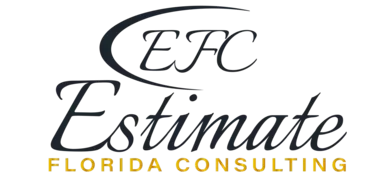How Much to Build a Multifamily House?
The average cost to construct a multifamily house generally ranges from $195 to $390 per square foot, depending on various factors such as location, size, and the quality of materials employed. For instance, a multifamily home spanning 5,000 square feet may incur costs between $975,000 and $1.95 million. This estimate encompasses all construction-related aspects, including land acquisition, site preparation, and interior finishes. Additionally, factors like local labor rates, material availability, and current market conditions can influence these costs significantly.
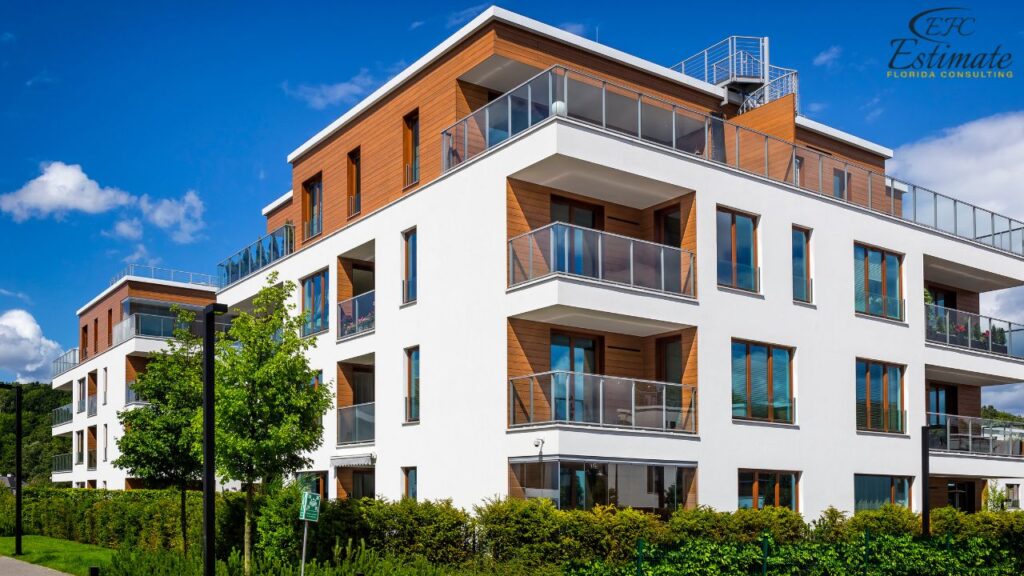
Understanding these elements helps stakeholders budget effectively and plan accordingly, allowing them to make strategic decisions regarding financing and project management.
Factors Influencing the Cost
Location
The geographical location of the multifamily house plays a crucial role in determining overall costs. Urban areas typically present higher land acquisition costs and construction expenses due to increased demand and stringent regulatory requirements. These factors often result in a competitive real estate market where prices can fluctuate rapidly. Conversely, suburban or rural areas may offer more affordable land, but developers should consider potential challenges related to infrastructure development and the availability of utilities, which can also impact overall expenses. Additionally, understanding local market trends, demographics, and economic conditions can provide valuable insights into the long-term viability of a multifamily project in a particular location.
Design and Size
The size of the multifamily house and the complexity of its design significantly affect construction costs. Larger buildings with more units generally incur higher construction expenses, while intricate designs or unique architectural features may further inflate costs. For example, opting for additional floors, basements, or rooftop amenities can increase material and labor requirements, leading to higher overall costs. It is essential to strike a balance between maximizing space and managing expenses effectively while still adhering to local zoning laws and building codes. Engaging experienced architects and designers can also contribute to creating a functional and appealing layout that meets market demands and attracts potential tenants.
Quality of Materials
The choice of materials directly impacts the overall budget for constructing a multifamily house. Higher-quality materials and finishes not only elevate the aesthetic appeal of the building but can also enhance its long-term durability and market value. For instance, while basic laminate flooring might cost around $2.60 to $6.50 per square foot, high-end hardwood or tile could range from $25.35 to $42.25 per square foot. It’s crucial for developers to consider their target market when selecting materials, as the right choices can attract prospective tenants and justify higher rental rates. Furthermore, investing in sustainable and energy-efficient materials can lead to significant cost savings in the long run by reducing maintenance and utility expenses for both the owner and tenants.
Cost Breakdown
Land Acquisition
The cost of land varies significantly based on location and size of the plot. In urban settings, land can account for a substantial portion of the overall budget, frequently exceeding 39% to 65% of total project costs. In contrast, suburban or rural locations may present more affordable land options, but developers must evaluate the potential for future growth in those areas. Understanding zoning regulations and property restrictions is essential when assessing land costs, as these factors can also affect the feasibility of certain development projects. Additionally, conducting thorough market analysis can help identify areas with potential for appreciation, thus optimizing land acquisition strategies for long-term investment success.
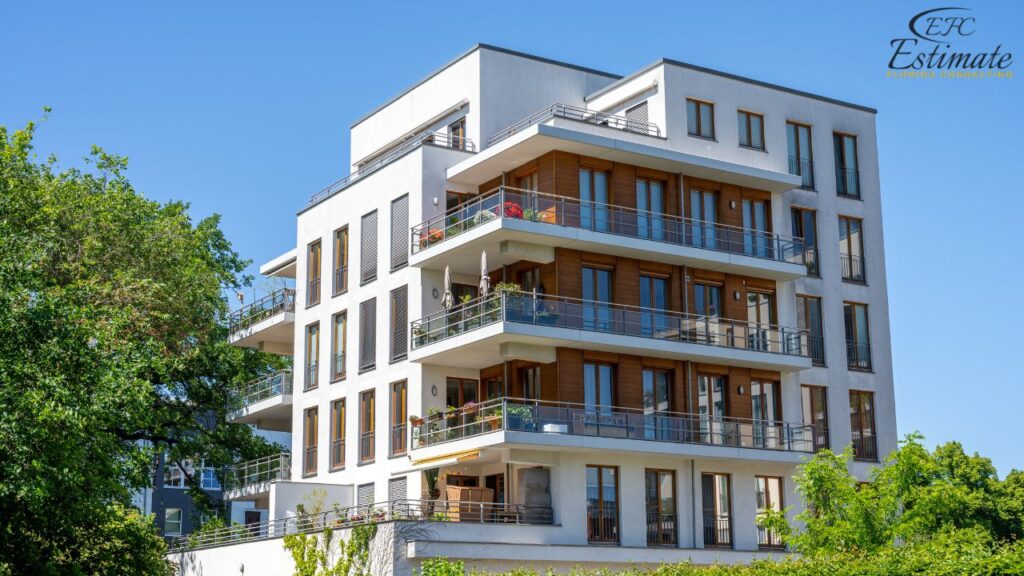
Location Type | Estimated Cost per Acre |
Urban | $780,000 – $6,500,000 |
Suburban | $390,000 – $2,600,000 |
Rural | $130,000 – $650,000 |
Construction Costs
Construction costs encompass various aspects, including site preparation, structural framework, and interior finishes. The following breakdown provides estimates for each construction component, giving stakeholders a clearer understanding of potential expenses:
Construction Component | Estimated Cost per Sq Ft |
Site Preparation | $13 – $26 |
Structural Framework | $78 – $130 |
Interior Finishes | $39 – $104 |
Mechanical Systems | $26 – $52 |
Understanding each component’s costs can help developers plan their budgets more effectively. Moreover, choosing efficient construction methods and materials can help manage these expenses while maintaining quality. Additionally, factors such as construction timing and labor availability can influence overall costs, making it essential for developers to stay informed about local market conditions and adjust their plans accordingly.
Interior Design and Finishes
The cost of interior design and finishes can vary widely based on the chosen materials. High-quality finishes not only enhance the appearance of the units but also contribute to tenant satisfaction and retention. Here’s a comparison of estimated costs for common elements:
Design Element | Estimated Cost per Sq Ft |
Flooring | $6.50 – $26 |
Cabinets | $13 – $39 |
Appliances | $6.50 – $19.50 |
Bathroom Fixtures | $6.50 – $26 |

Investing in durable and stylish finishes can pay off in the long run by attracting higher-quality tenants and reducing turnover rates. Additionally, it is essential to consider the overall design theme and functionality of the space when selecting materials. Conducting market research on tenant preferences can inform decisions on finishes that align with demand, ensuring the property remains competitive in the rental market.
Permits and Fees
Obtaining necessary permits and complying with local regulations can add significantly to the overall cost of building a multifamily house. These expenses may include building permits, zoning fees, and inspections, which can vary widely based on location and project scope. Here’s a breakdown of potential permit costs:
Permit Type | Estimated Total Cost |
Building Permits | $13,000 – $65,000 |
Zoning Fees | $1,300 – $6,500 |
Inspection Fees | $2,600 – $13,000 |
Navigating the permitting process can be complex, and failing to secure the necessary approvals can lead to costly delays. Engaging with local authorities and understanding the specific requirements for the project location is critical to ensuring compliance and avoiding potential setbacks. Furthermore, hiring professionals with experience in navigating the regulatory landscape can streamline the permitting process, reducing the likelihood of unexpected delays and costs.
Amenities and Common Areas
Multifamily houses often include amenities and common areas that can significantly impact costs. Incorporating desirable features such as fitness centers, laundry facilities, and outdoor spaces can enhance the property’s attractiveness and value. Here’s an overview of potential costs for common amenities:
Amenity Type | Estimated Total Cost |
Fitness Center | $130,000 – $650,000 |
Laundry Facility | $32,500 – $130,000 |
Outdoor Spaces | $13,000 – $65,000 |
Investing in attractive amenities can lead to higher rental rates and improved occupancy rates, as these features can set a property apart from the competition. Furthermore, understanding the target demographic can help developers prioritize which amenities will yield the highest returns. Amenities that promote community engagement, such as shared gardens or common lounges, can also enhance tenant satisfaction, contributing to a positive living experience.
Additional Considerations
Financing Options
Financing a multifamily house involves several methods, including equity financing, debt financing, and a combination of both. Developers should consider options such as traditional bank loans, private investors, or government-backed financing programs. Carefully evaluating financing options will help ensure that developers have sufficient funds to cover construction costs and ongoing operational expenses. Additionally, considering interest rates and terms can impact overall project feasibility and profitability. Engaging with financial advisors or consultants can provide valuable insights into the best financing strategies tailored to specific project needs and market conditions.
Sustainability and Energy Efficiency
Incorporating sustainable and energy-efficient features into the design and construction of a multifamily house can lead to increased upfront costs, but it can also result in long-term savings on utility bills and maintenance. Consider investing in renewable energy sources, high-quality insulation, and energy-efficient appliances to enhance the building’s appeal and reduce its environmental footprint. Implementing green building practices can also qualify the property for tax incentives and financing programs designed to promote sustainability. Additionally, showcasing energy-efficient features can attract environmentally conscious tenants, further enhancing the property’s marketability.
Download Template For Multifamily House Project Breakdown
- Materials list updated to the zip code
- Fast delivery
- Data base of general contractors and sub-contractors
- Local estimators
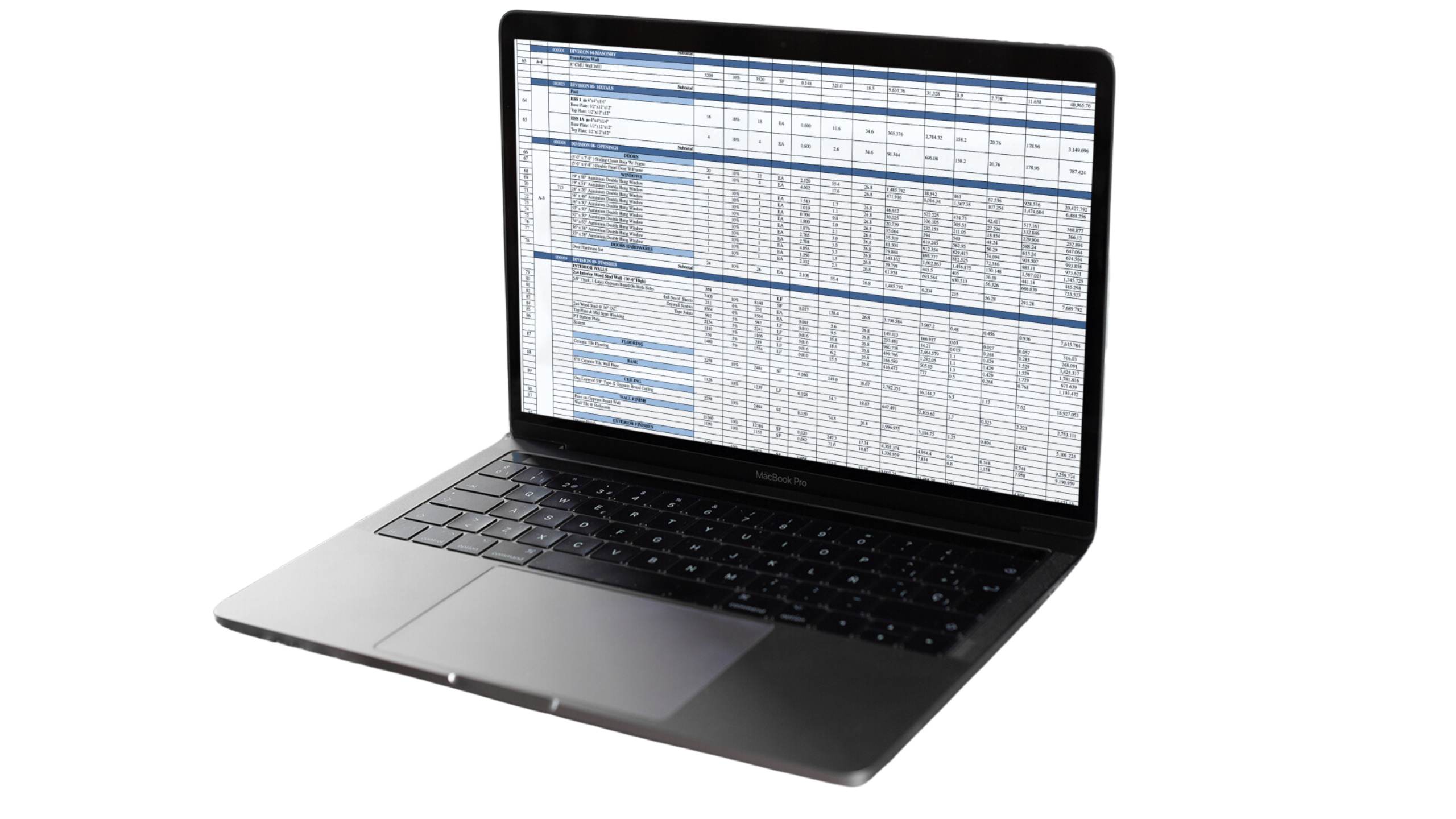
Planning and Timeline
Project Timeline
A well-structured timeline is essential for the successful completion of a multifamily house. Planning should encompass all stages of the project, from land acquisition to final inspection. A typical timeline can range from 12 to 24 months, depending on the project’s complexity and size. Understanding the timeline allows developers to set realistic expectations for project completion and occupancy. Furthermore, maintaining flexibility within the timeline can accommodate unexpected challenges that may arise during the construction process, ensuring a smoother path to project completion.
Hiring the Right Team
Choosing the right team of architects, engineers, and contractors is crucial for staying on budget and on schedule. Conducting thorough interviews, reviewing portfolios, and checking references will help ensure that the chosen professionals align with the project’s vision and goals. Building a strong, collaborative team can lead to better communication, fewer misunderstandings, and a smoother construction process. Additionally, establishing clear roles and responsibilities among team members can facilitate accountability and streamline decision-making throughout the project.
Location Considerations
Urban vs. Suburban Development
The decision to build in an urban or suburban location can significantly impact costs, including land prices, construction expenses, and potential return on investment. Urban areas may offer higher rental income potential but come with increased competition and higher operating costs. On the other hand, suburban developments might attract families seeking more space and lower living expenses, potentially leading to stable occupancy rates. Understanding the dynamics of the local real estate market, demographic trends, and economic indicators can provide valuable insights into the viability of multifamily projects in different locations, helping developers make informed decisions regarding site selection.
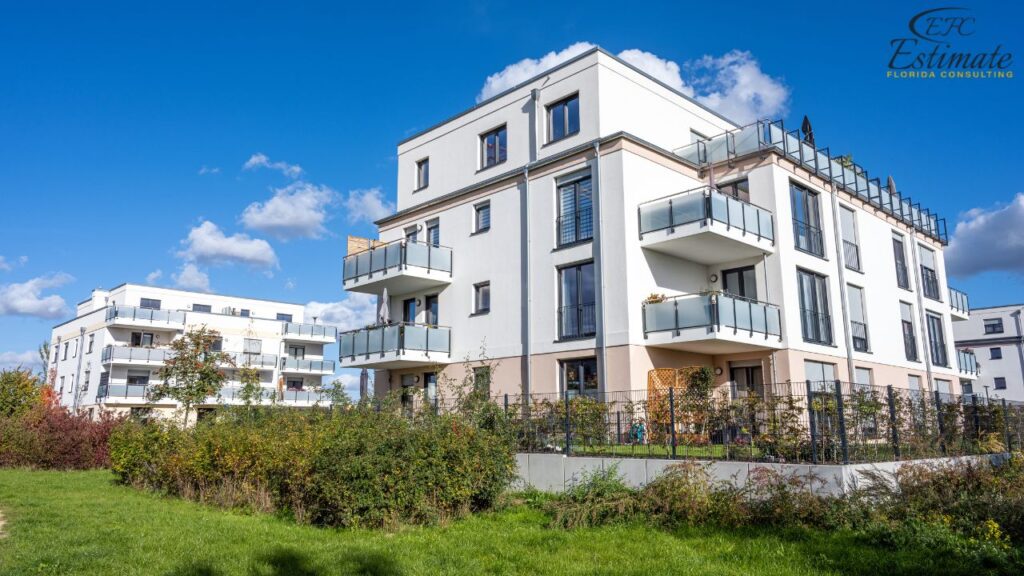
Market Demand and Economic Trends
Understanding Market Demand
Before embarking on a multifamily house construction project, it’s crucial to analyze market demand in the target area. Factors such as population growth, employment rates, and rental market trends can provide insights into the potential success of the development. Areas with robust job growth and an influx of residents tend to have higher demand for rental properties, which can lead to lower vacancy rates and increased rental income. Conducting market studies and surveys can help developers identify the types of units that are most desirable, such as one-bedroom apartments for young professionals or larger family units. This information is vital for tailoring the project to meet the needs of potential tenants, ensuring higher occupancy and rental yields.
Economic Trends Impacting Costs
Economic trends can significantly influence construction costs and market dynamics. Factors such as inflation rates, interest rates, and changes in the cost of materials can impact the overall budget and feasibility of a multifamily project. Keeping a close eye on these trends can help developers anticipate cost fluctuations and adjust their budgets accordingly. For example, during periods of rising inflation, the costs of construction materials and labor may increase, necessitating contingency planning in the budget. Additionally, understanding economic indicators can guide developers in timing their projects to coincide with favorable market conditions, maximizing their chances of success.
Construction Methodologies
Traditional vs. Modular Construction
The choice of construction methodology can impact costs, timelines, and overall project efficiency. Traditional construction methods often involve on-site assembly, which can lead to longer timelines and higher labor costs. In contrast, modular construction, which involves prefabricating components in a factory setting before transporting them to the site for assembly, can reduce construction time and labor expenses. Modular construction is particularly appealing for multifamily housing, as it allows for quicker occupancy and can help mitigate delays caused by weather or other site-specific issues. However, developers must evaluate factors such as design flexibility and local building codes when considering modular construction options.
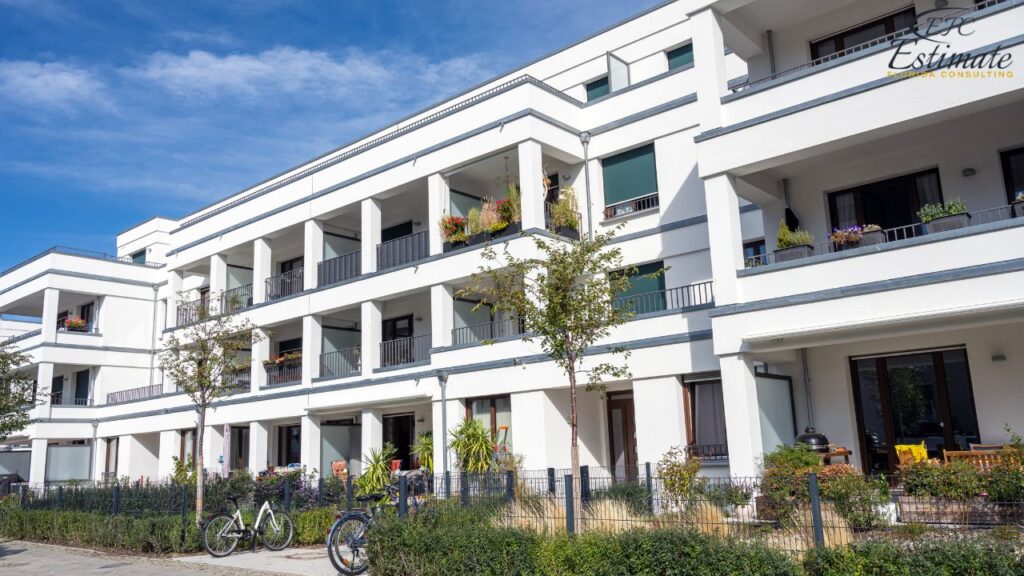
Green Building Practices
Incorporating green building practices into multifamily house construction not only contributes to environmental sustainability but can also result in long-term cost savings. Implementing energy-efficient systems, such as solar panels, geothermal heating, and high-efficiency HVAC units, can reduce utility expenses and improve the building’s overall performance. Additionally, utilizing sustainable materials, such as recycled or locally sourced products, can enhance the property’s appeal to environmentally conscious tenants. Many cities also offer incentives for green building practices, such as tax breaks or expedited permitting processes, making it financially advantageous for developers to consider sustainable options in their projects.
Long-Term Maintenance and Management
Importance of Property Management
Once the multifamily house is built, effective property management becomes crucial for maintaining the property and ensuring tenant satisfaction. Hiring a professional property management team can streamline operations, from marketing vacant units to handling maintenance requests and ensuring compliance with local regulations. A well-managed property can enhance tenant retention and lead to higher occupancy rates, ultimately increasing the overall profitability of the investment. Additionally, implementing regular maintenance schedules and upgrades can help preserve the property’s value and appeal, ensuring it remains competitive in the rental market.
Anticipating Maintenance Costs
It’s essential for developers and investors to anticipate ongoing maintenance costs when budgeting for a multifamily house. Routine maintenance expenses, such as landscaping, cleaning, and repairs, should be factored into the financial projections. Furthermore, setting aside a reserve fund for unexpected repairs, such as plumbing issues or roof replacements, can help mitigate financial strain in the event of unforeseen circumstances. Understanding the expected lifespan of major systems and components within the building can also guide budgeting decisions, allowing owners to plan for larger expenses in advance and maintain the property’s integrity over time.
Get 5 New Leads Next 7 Days With Our System
- Multi-Family House
- Single-Faimly House
- Modern House
- Duplex
- Ranch House
- Bungalow
Conclusion
Building a multifamily house is a multifaceted process that requires careful planning, research, and execution. By considering the various factors influencing costs—such as location, design, materials, and market demand—developers can make informed decisions that lead to successful projects. Understanding the importance of market analysis, financing options, and effective property management can further enhance the likelihood of a profitable investment.
FAQs
The average cost to construct a multifamily house ranges from $195 to $390 per square foot. For a 5,000 square foot multifamily home, this translates to approximately $975,000 to $1.95 million, covering all construction-related aspects like land acquisition, site preparation, and interior finishes.
Several factors can impact the cost, including:
- Location: Urban areas tend to have higher land and construction costs due to demand and regulatory requirements, while suburban or rural areas may offer lower prices but might present infrastructure challenges.
- Design and Size: Larger buildings and complex designs generally incur higher expenses. Features like additional floors or unique architectural elements can increase costs.
- Quality of Materials: The choice of materials significantly affects the budget. Higher-quality finishes can enhance durability and market value, while lower-quality options may reduce initial costs.
The cost of land varies significantly based on location and size. In urban settings, it can constitute 39% to 65% of total project costs. Here’s a breakdown of estimated costs per acre:
- Urban: $780,000 – $6,500,000
- Suburban: $390,000 – $2,600,000
- Rural: $130,000 – $650,000
Construction costs include various components, such as:
- Site Preparation: $13 – $26 per square foot
- Structural Framework: $78 – $130 per square foot
- Interior Finishes: $39 – $104 per square foot
- Mechanical Systems: $26 – $52 per square foot
Interior design and finish costs can vary widely. Estimated costs per square foot for common elements include:
- Flooring: $6.50 – $26
- Cabinets: $13 – $39
- Appliances: $6.50 – $19.50
- Bathroom Fixtures: $6.50 – $26
Incorporating amenities can significantly impact costs. Here’s an overview of potential expenses:
- Fitness Center: $130,000 – $650,000
- Laundry Facility: $32,500 – $130,000
- Outdoor Spaces: $13,000 – $65,000
Permitting expenses can vary widely based on location. Typical costs include:
- Building Permits: $13,000 – $65,000
- Zoning Fees: $1,300 – $6,500
- Inspection Fees: $2,600 – $13,000
Developers can explore various financing methods, including traditional bank loans, private investors, and government-backed financing programs. It’s essential to evaluate interest rates, terms, and overall project feasibility when selecting financing options.
While incorporating sustainable features may increase upfront costs, it can lead to long-term savings on utilities and maintenance. Options like renewable energy sources and energy-efficient appliances can enhance marketability and potentially qualify for tax incentives.
A well-structured timeline is critical, typically ranging from 12 to 24 months, depending on complexity and size. Flexibility in the timeline can accommodate unexpected challenges, ensuring smoother project completion.
Effective property management is crucial for maintaining the property and ensuring tenant satisfaction. A professional management team can streamline operations and enhance tenant retention, ultimately increasing profitability.
Routine maintenance expenses such as landscaping, cleaning, and repairs should be factored into financial projections. Setting aside a reserve fund for unexpected repairs is also recommended to mitigate financial strain.
Google Reviews



Process To Get Multifamily House Cost Estimate Report
Here I am going to share some steps to get multifamily house cost estimate report.
-
You need to send your plan to us.
You can send us your plan on info@estimatorflorida.com
-
You receive a quote for your project.
Before starting your project, we send you a quote for your service. That quote will have detailed information about your project. Here you will get information about the size, difficulty, complexity and bid date when determining pricing.
-
Get Estimate Report
Our team will takeoff and estimate your project. When we deliver you’ll receive a PDF and an Excel file of your estimate. We can also offer construction lead generation services for the jobs you’d like to pursue further.

